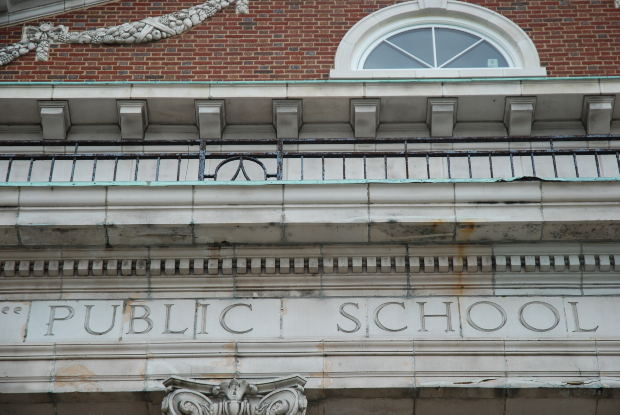Spaces and Flows’s Updates
Are Schools Segregated Because Housing Is? It Ain’t Necessarily So
The New School | Article Link | by Clara Hemphiill and Nicole Mader
In multi-ethnic New York City, why are so many elementary schools segregated by race and class? For years, school officials and researchers have assumed that school segregation merely reflects segregated housing patterns—because most children attend their zoned neighborhood schools.
However, new research by The New School’s Center for New York City Affairs demonstrates that school segregation is not always the result of housing patterns. In fact, as these interactive maps show, there are dozens of high-poverty elementary schools that serve mostly black and Latino children that are located in far more racially and economically mixed neighborhoods.
In Harlem, for example, the estimated household income of children enrolled at PS 125 is barely half that of all the households in the school zone, based on median household income estimates from the most recent American Community Survey by the U.S. Census. PS 125’s pupils are 84 percent black and Latino; the proportion of black and Latino people living in the school’s attendance zone is just 37 percent.
In downtown Brooklyn, the estimated household income of children enrolled at PS 287 is less than half that of all households in the school attendance zone. The school enrollment is 89 percent black and Latino; the zone, just 43 percent.


